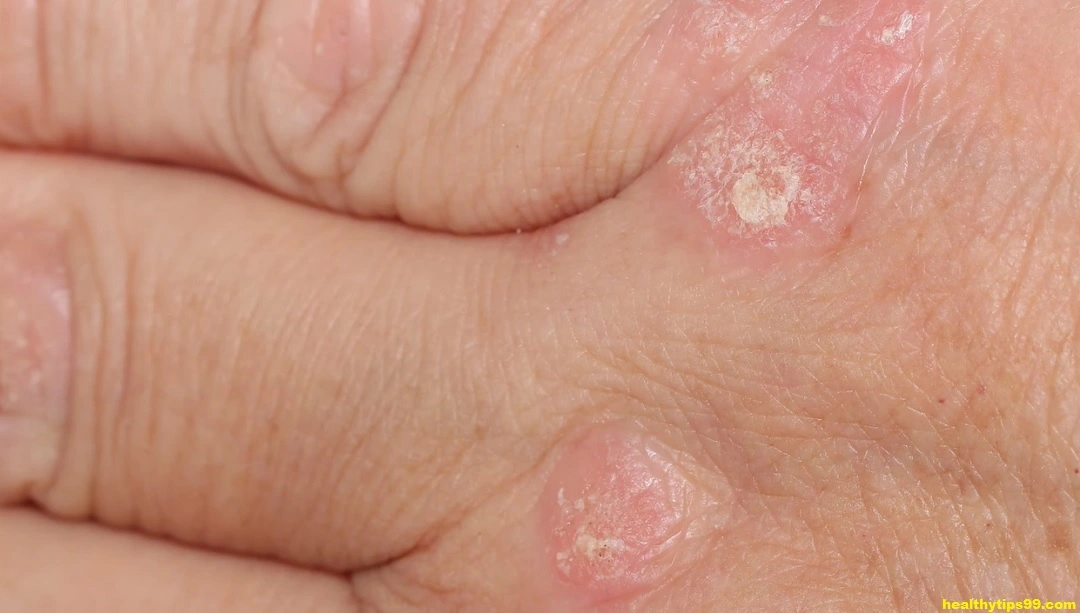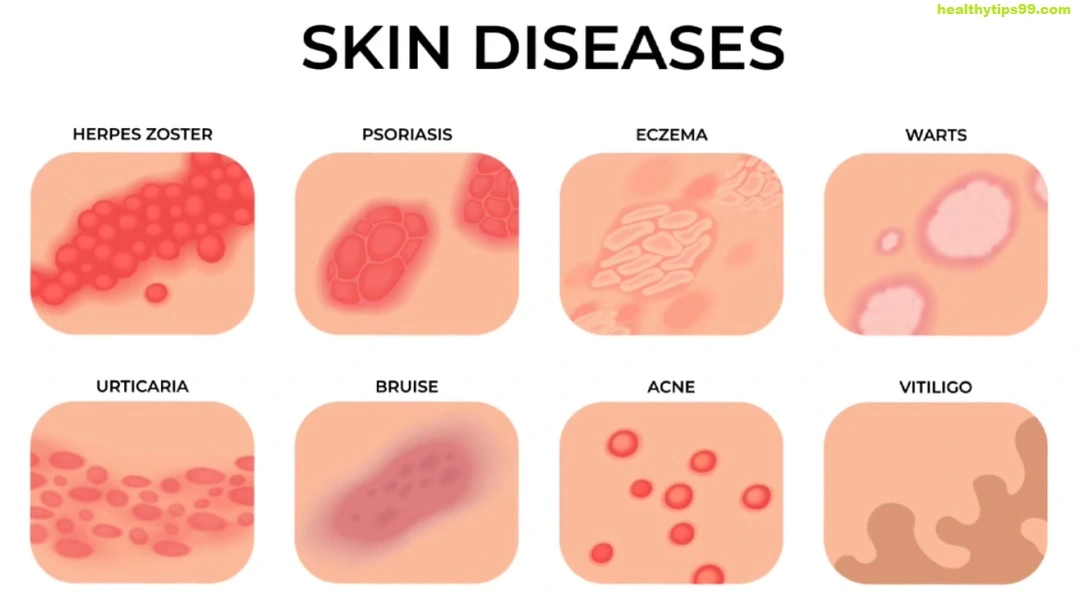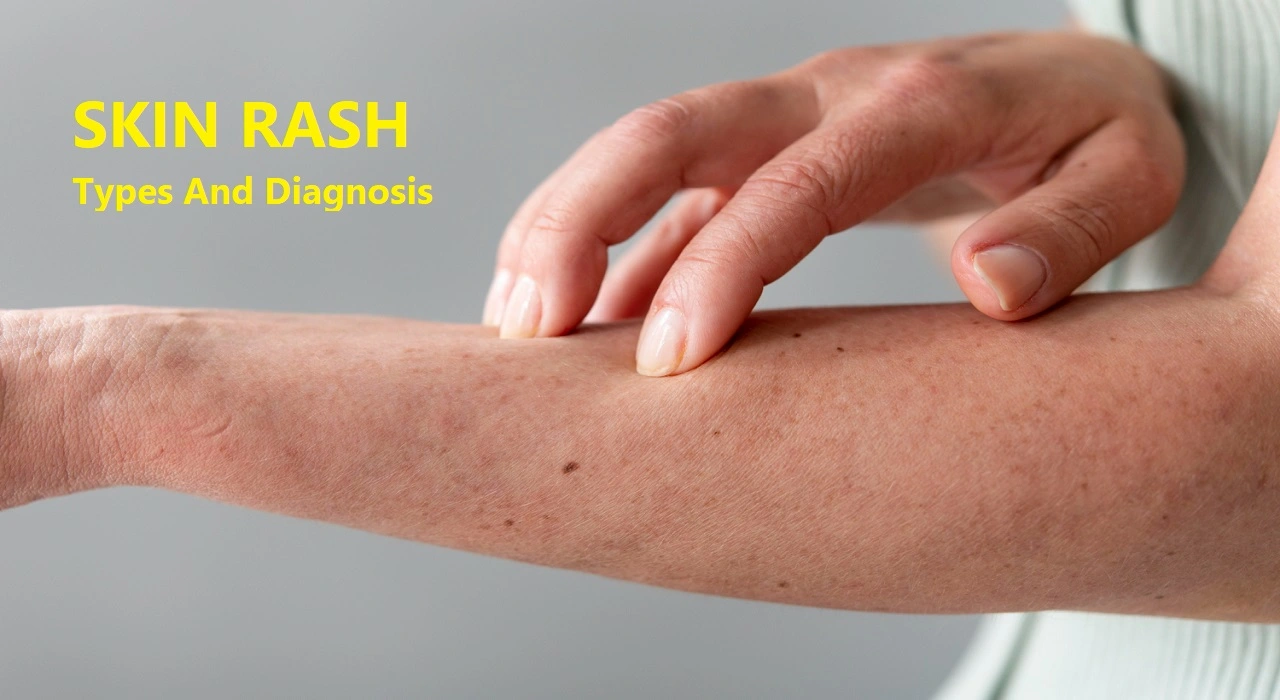Introduction
Skin rash is a common condition that can affect people of all ages and backgrounds. It can be caused by a variety of factors, including allergies, infections, and underlying health conditions. In this article, we will explore the different types of skin rashes and how they are diagnosed.

Types of Skin Rash:
Contact Dermatitis
Contact dermatitis occurs when the skin comes into contact with an irritant or allergen. Common irritants include soaps, detergents, and certain fabrics, while common allergens include nickel, latex, and certain plants like poison ivy. Symptoms may include redness, itching, and blistering at the site of contact.
Atopic Dermatitis (Eczema)
Atopic dermatitis, commonly known as eczema, is a chronic condition characterized by dry, itchy skin and red patches. It often occurs in people with a family history of allergies or asthma. Eczema can flare up in response to certain triggers, such as stress, harsh soaps, or weather changes.
Psoriasis
Psoriasis is a chronic autoimmune condition that causes rapid skin cell growth, leading to thick, red patches covered with silvery scales. It can occur anywhere on the body but is most commonly found on the scalp, elbows, knees, and lower back. Psoriasis can be triggered by stress, infections, or certain medications.
Fungal Infections
Fungal infections, such as ringworm or athlete’s foot, occur when fungi overgrow on the skin. These infections often cause red, itchy patches with raised borders. They are typically treated with antifungal medications applied directly to the skin.
Viral Exanthems
Viral exanthems are rashes that occur as a result of a viral infection, such as measles, chickenpox, or roseola. These rashes are usually accompanied by other symptoms of the underlying illness, such as fever or sore throat.

Diagnosis:
Diagnosing a skin rash often requires a careful examination of the affected area and consideration of the patient’s medical history. In some cases, additional tests may be necessary to determine the underlying cause of the rash. These tests may include:
Skin Biopsy
When faced with a mysterious skin rash, a skin biopsy can provide invaluable insights. This simple procedure involves removing a small sample of skin for examination under a microscope. It’s like peering into a secret world, where dermatologists can uncover the underlying causes of your skin issues. From inflammatory conditions to suspected cancers, a biopsy reveals the truth hidden beneath the surface. Don’t let uncertainty linger—embrace the clarity a skin biopsy offers, guiding you towards tailored treatment and peace of mind. It’s a small step towards big answers, paving the way for healthier, happier skin.
Allergy Testing
If an allergic reaction is suspected, allergy testing may be performed to identify the specific allergen responsible for the rash. This can involve skin prick tests or blood tests to measure the levels of allergen-specific antibodies.
Microscopic Examination
In cases of suspected fungal or bacterial infections, a sample of the affected skin may be examined under a microscope to identify the presence of microorganisms.
Blood Tests
When your skin speaks in rashes, blood tests become the translators, unveiling the underlying mysteries. These tests delve beyond the surface, probing for clues hidden within your body’s chemistry. With each drop of blood analyzed, a clearer picture emerges, guiding healthcare providers towards tailored solutions.
Gone are the days of merely treating symptoms; now, we decode the root causes. These tests empower us to craft precise strategies, addressing inflammation, allergies, or systemic issues triggering skin eruptions. In this journey towards clarity, blood tests illuminate the path to healthier, happier skin.
